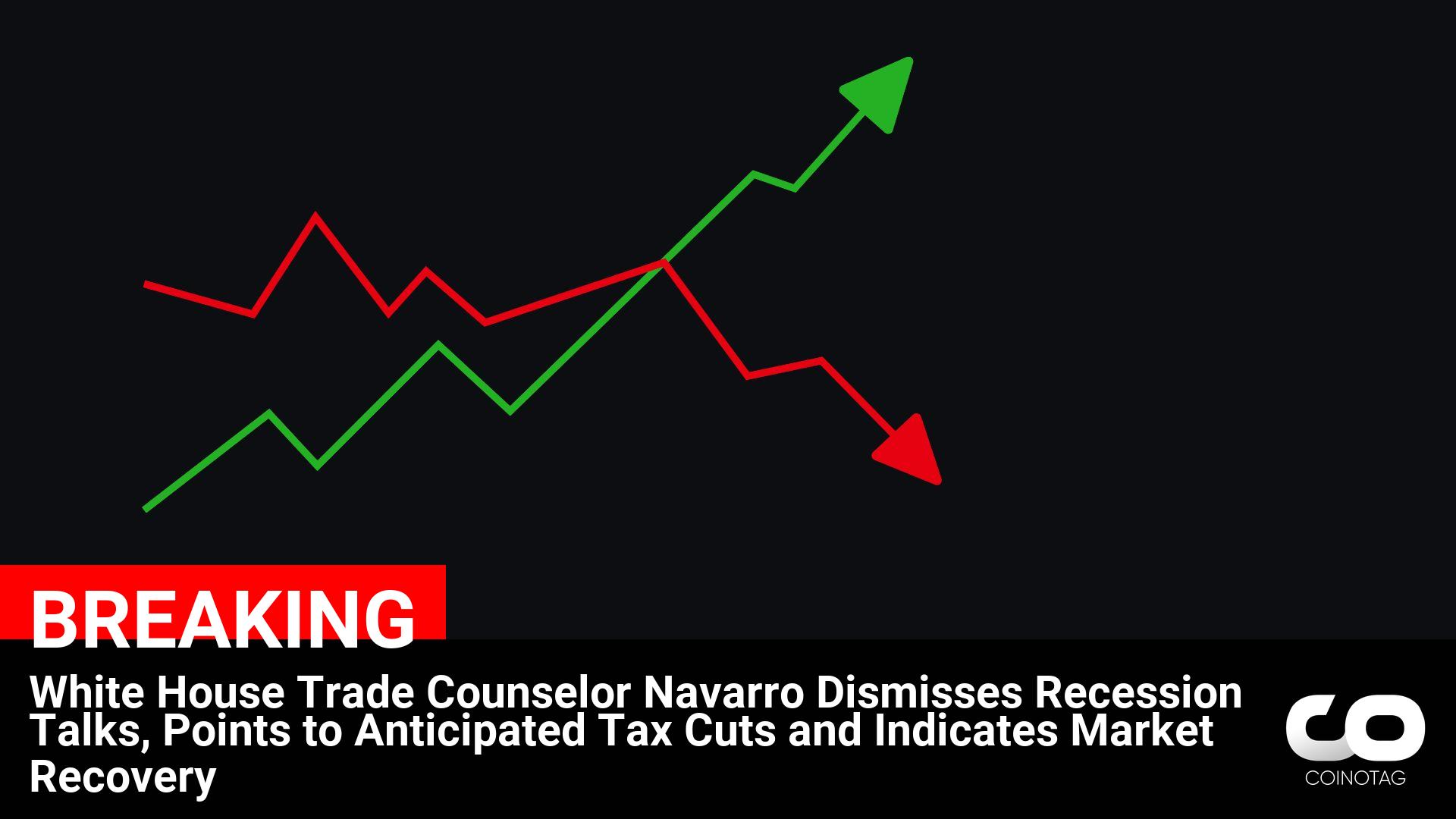
Bitcoin ( BTC ) was noted in the immediate aftermath of President Donald Trump’s Liberation Day tariff announcement for trading separately from most other risk assets. Specifically, unlike U.S. – and foreign – stocks , BTC held relatively steady on Friday and Saturday, promising to retain its critical support levels at approximately $82,000. A similar phenomenon was seen in the entire cryptocurrency market . Despite the overall market capitalization plunge amounting to $400 billion from $2.75 trillion at the tariffs’ announcement to $2.35 trillion at press time, the bulk of the erasure occurred in two brief crashes. First, the total valuation of digital assets dropped by about $150 billion between Thursday, April 3, and Friday, April 4. It then held steady over most of the weekend, only to accelerate on its downward trajectory on Sunday. Ultimately, the biggest collapse occurred between the afternoon of April 6 and the early hours of Monday, April 7, as cryptocurrencies wiped out nearly $300 billion in less than 24 hours, having fallen from relative stability near $2.63 trillion to $2.35 trillion at press time, according to data retrieved by Finbold from TradingView on the day. Total cryptocurrency market capitalization one-week chart. Source: TradingView Bitcoin leads the crypto tariff crash Bitcoin seemingly spearheaded this fall as it crashed under $80,000 for the first time in months. By press time on Monday, BTC was changing hands at $75,383 after a 9.67% daily drop. BTC price one-week chart. Source: Finbold The entirety of the collapse can be most elegantly seen as the continuation of digital assets’ increased correlation with other risk assets like stocks. The latest plunge has been a part of the reaction to President Trump’s latest round of tariffs, and the expectation this week will see dozens of countries impose their own retaliatory dues. Crypto’s correlation with stocks Such correlation for digital assets has been observable since at least the summer of 2024 when BTC led a fall as the yen carry trade was unwinding and was reinforced by multiple other external calamities in subsequent months, including the DeepSeek-driven tech sell-off, and early tariff announcements. It is possible that at least some of the growing similarities between stocks and cryptocurrencies can be linked to the approval of spot Bitcoin and Ethereum ( ETH ) exchange-traded funds ( ETFs ), as their approval introduced numerous traditional investors to blockchain assets. Featured image via Shutterstock The post Crypto market wipes $300 billion over the weekend appeared first on Finbold .
Finbold
You can visit the page to read the article.
Source: Finbold
Disclaimer: The opinion expressed here is not investment advice – it is provided for informational purposes only. It does not necessarily reflect the opinion of BitMaden. Every investment and all trading involves risk, so you should always perform your own research prior to making decisions. We do not recommend investing money you cannot afford to lose.
Bitcoin Outflows Reach $207 Million Amid Trade Tariff Concerns and Institutional Caution

The cryptocurrency market faced a significant downturn last week, with reported outflows reaching $240 million amid rising global trade tensions. The cascading effect of increased US tariffs has led to Finbold

White House Trade Counselor Navarro Dismisses Recession Talks, Points to Anticipated Tax Cuts and Indicates Market Recovery
White House Trade Counselor Navarro Dismisses Recession Talks, Points to Anticipated Tax Cuts and Indicates Market Recovery Finbold











